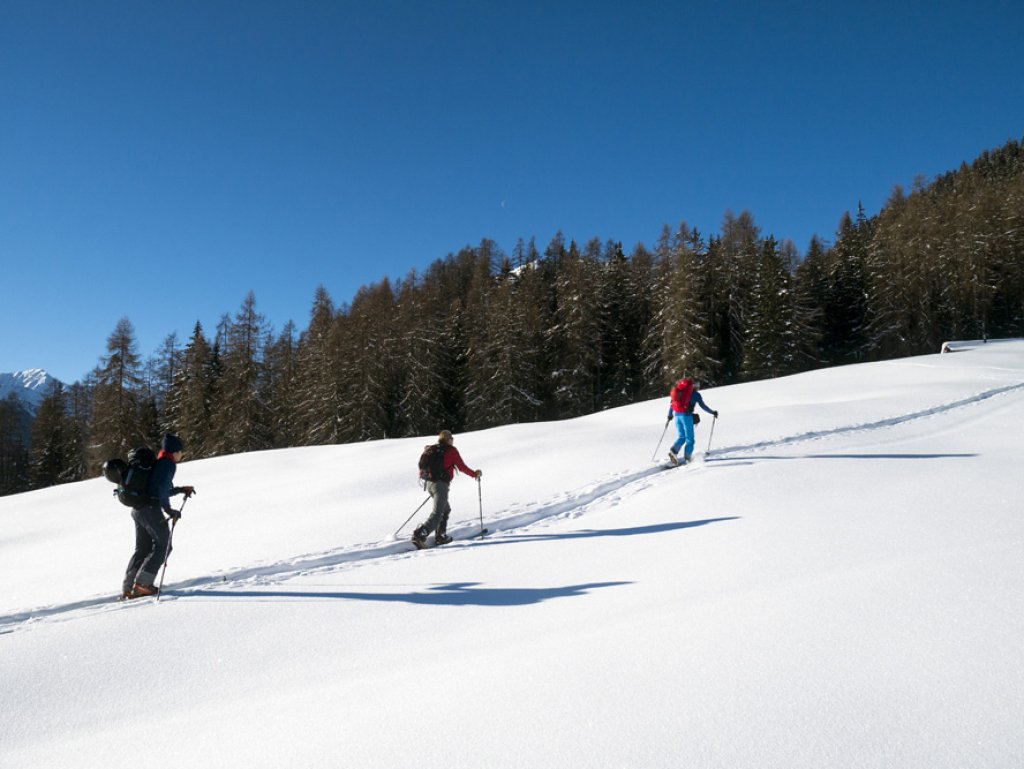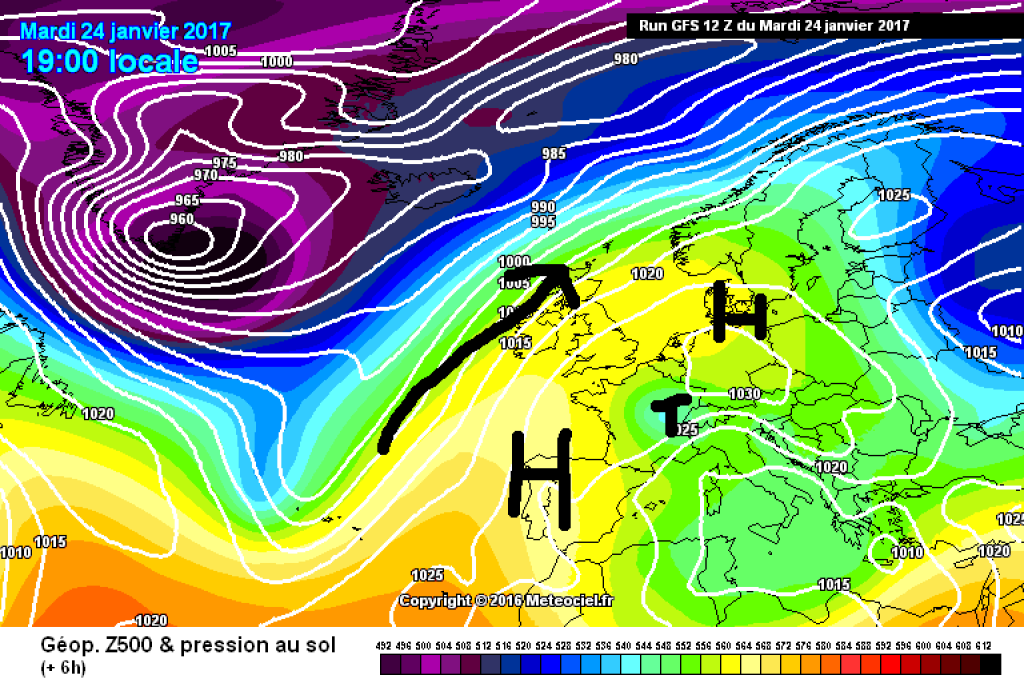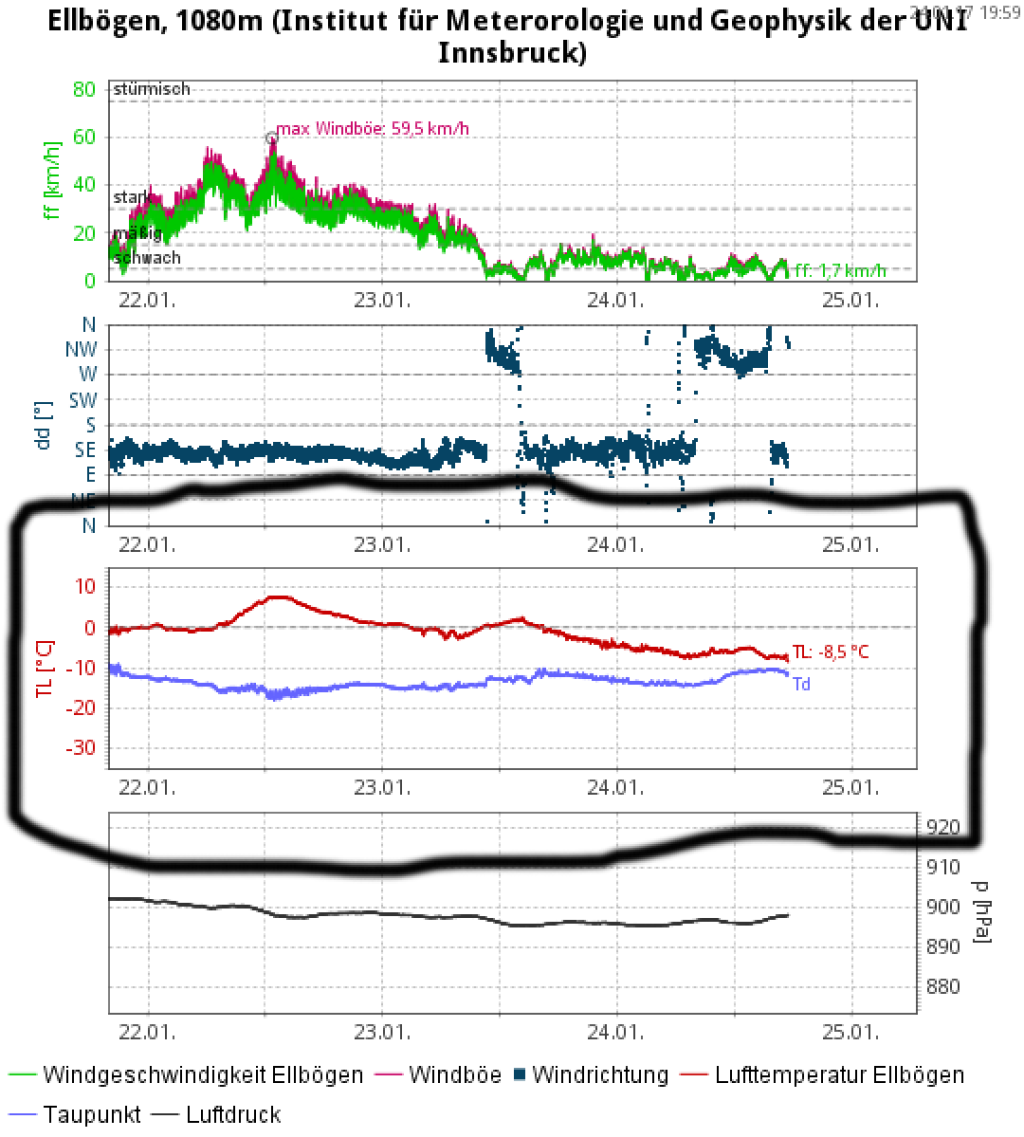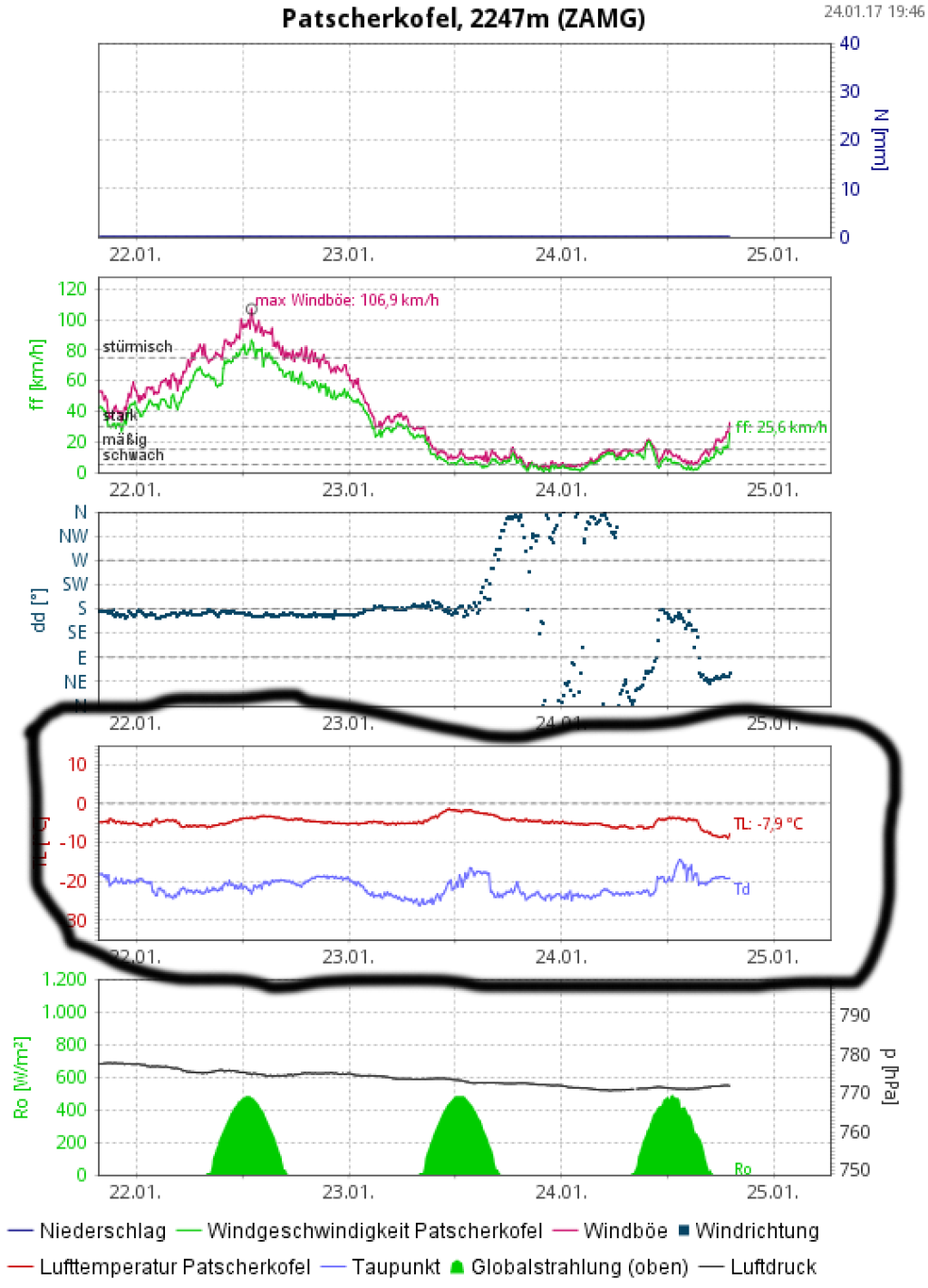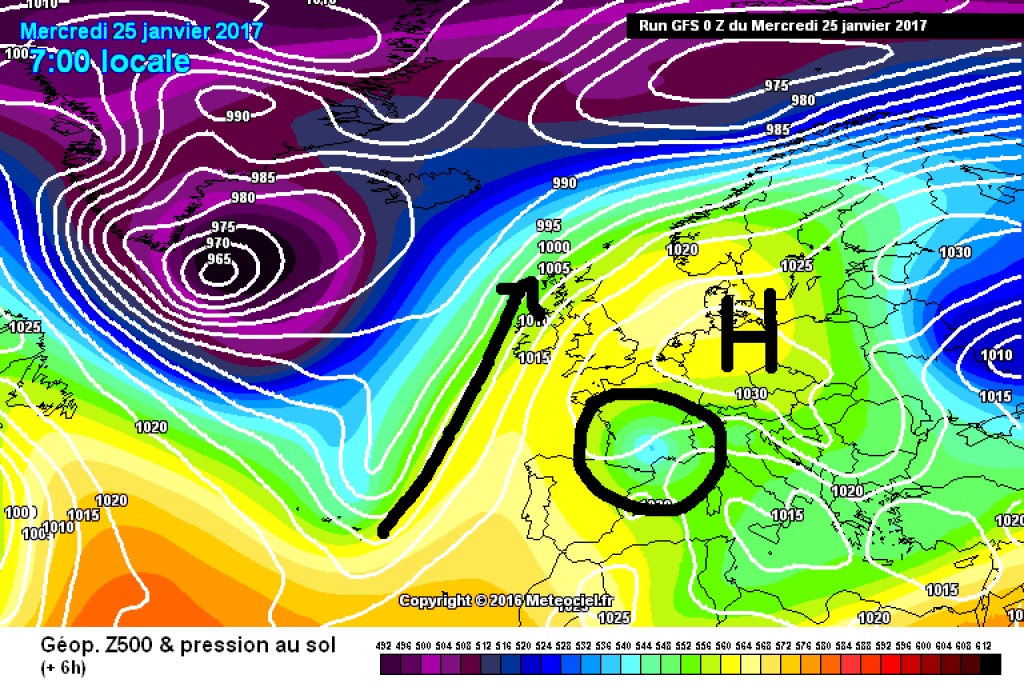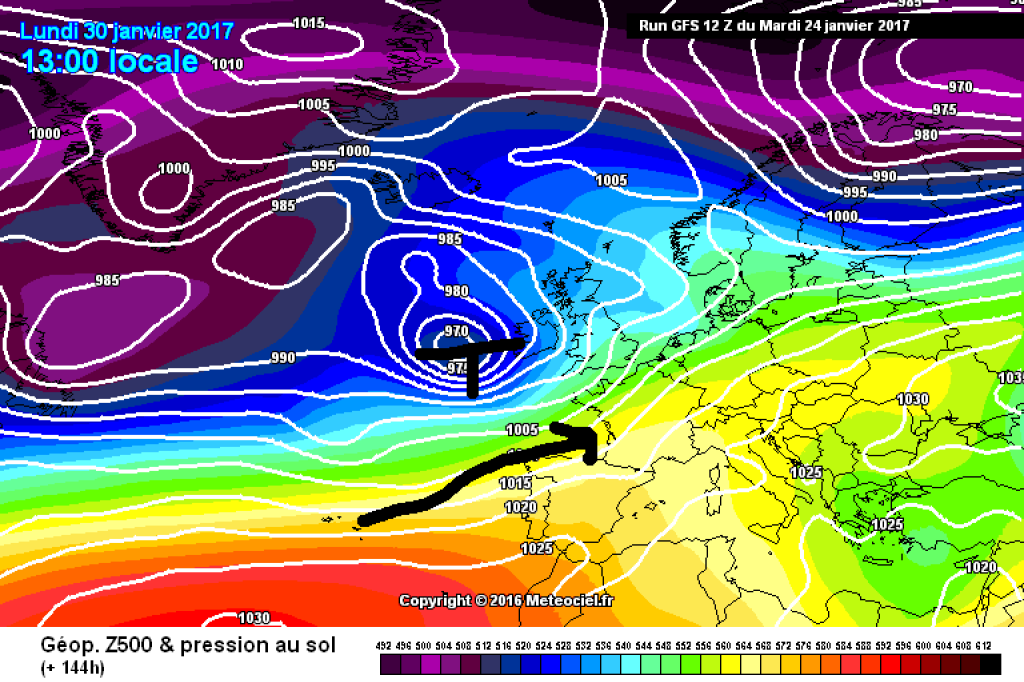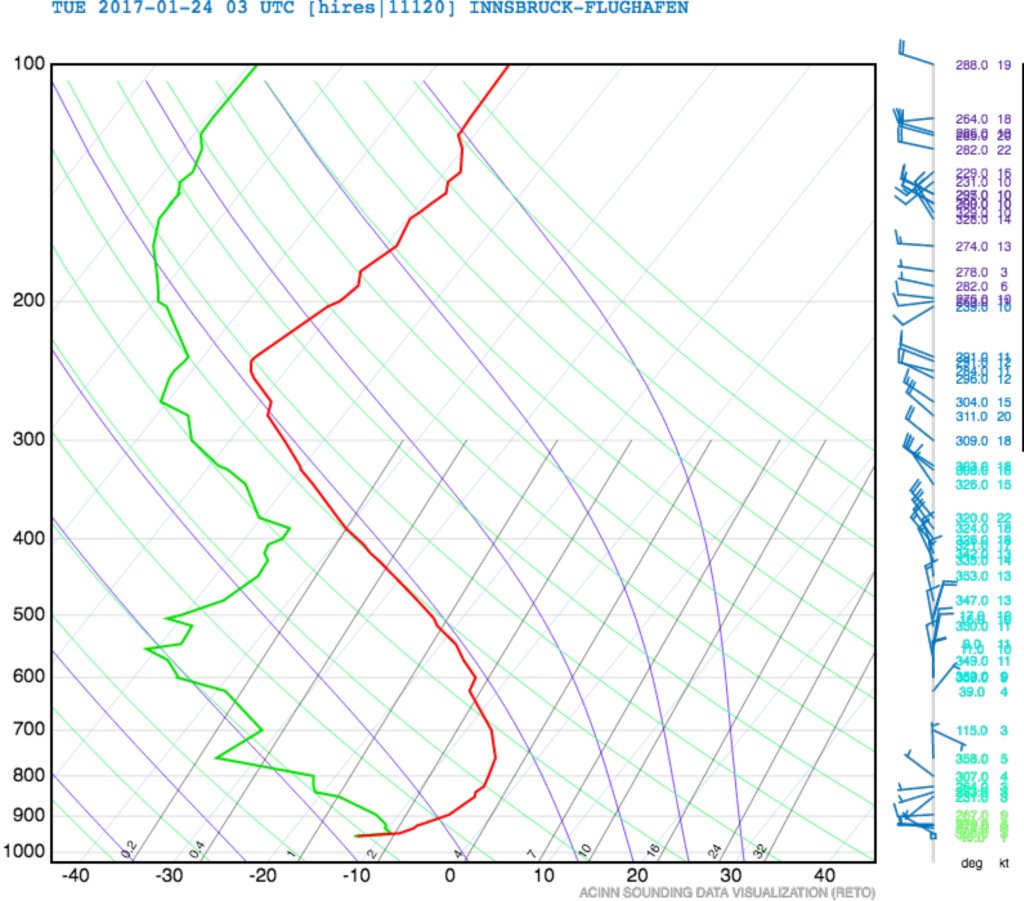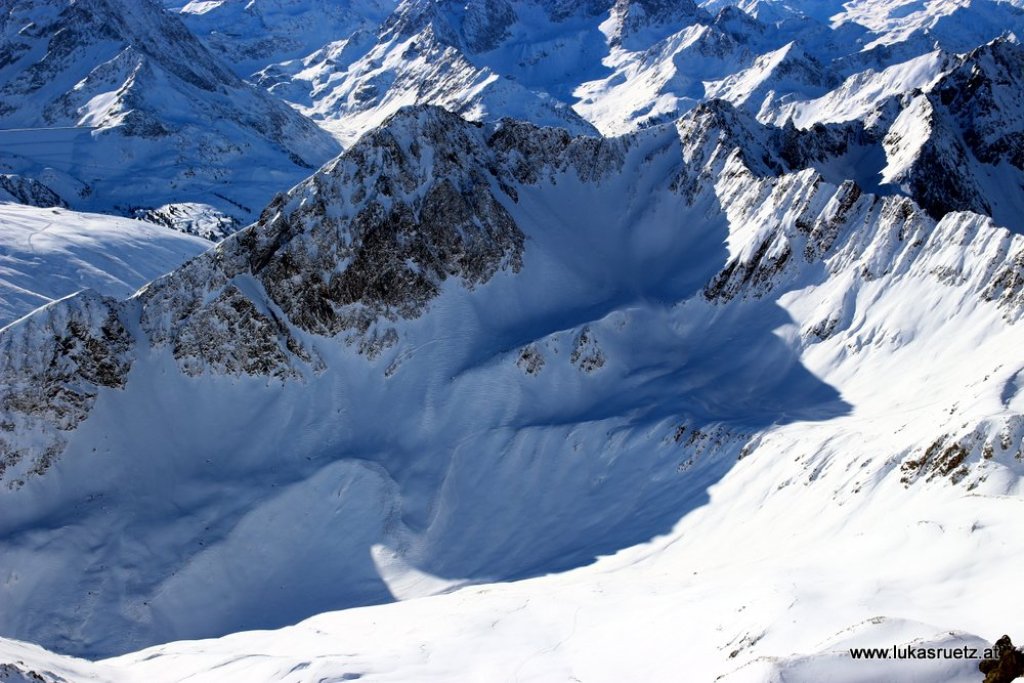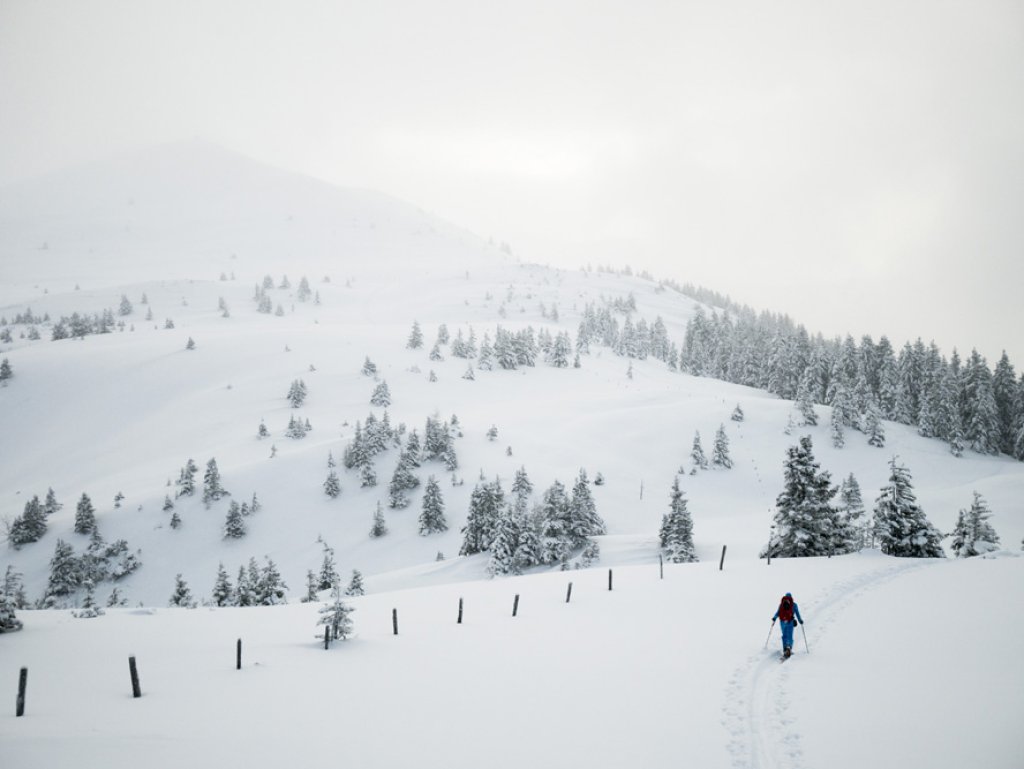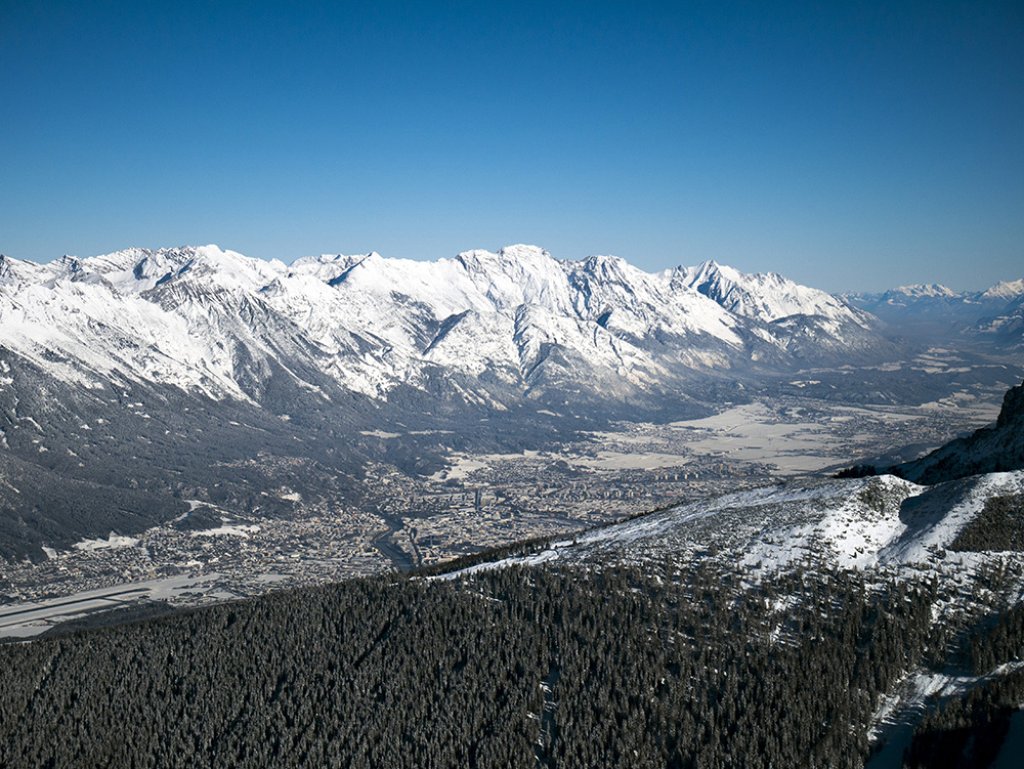Like December, January will be characterized by high pressure in the Alpine region, interrupted only briefly by snowfall. The current situation is very weak in terms of gradient, which means that virtually nothing is happening. Pressure differences and the associated large-scale currents are far away. The sun is shining brightly, as long as you are not stuck under the high fog that is often found in the lowlands.
Cold fat eye on a high pressure soup
A short-term change was brought by an altitude low that caused clouds and a few snowflakes in western Germany and now in France on Tuesday. High lows - also known as cold air drops - are areas of low pressure that can only be seen in higher layers of air, not on the ground. They usually move independently of the large-scale high-altitude flow, which is why their path is difficult to predict. Yesterday, the DWD dedicated a Topic of the Day to the cold air droplet and aptly compared it to a drop of fat floating around in the soup. Unfortunately, the fat eye was and is not at all relevant as far as useful amounts of fresh snow are concerned.
